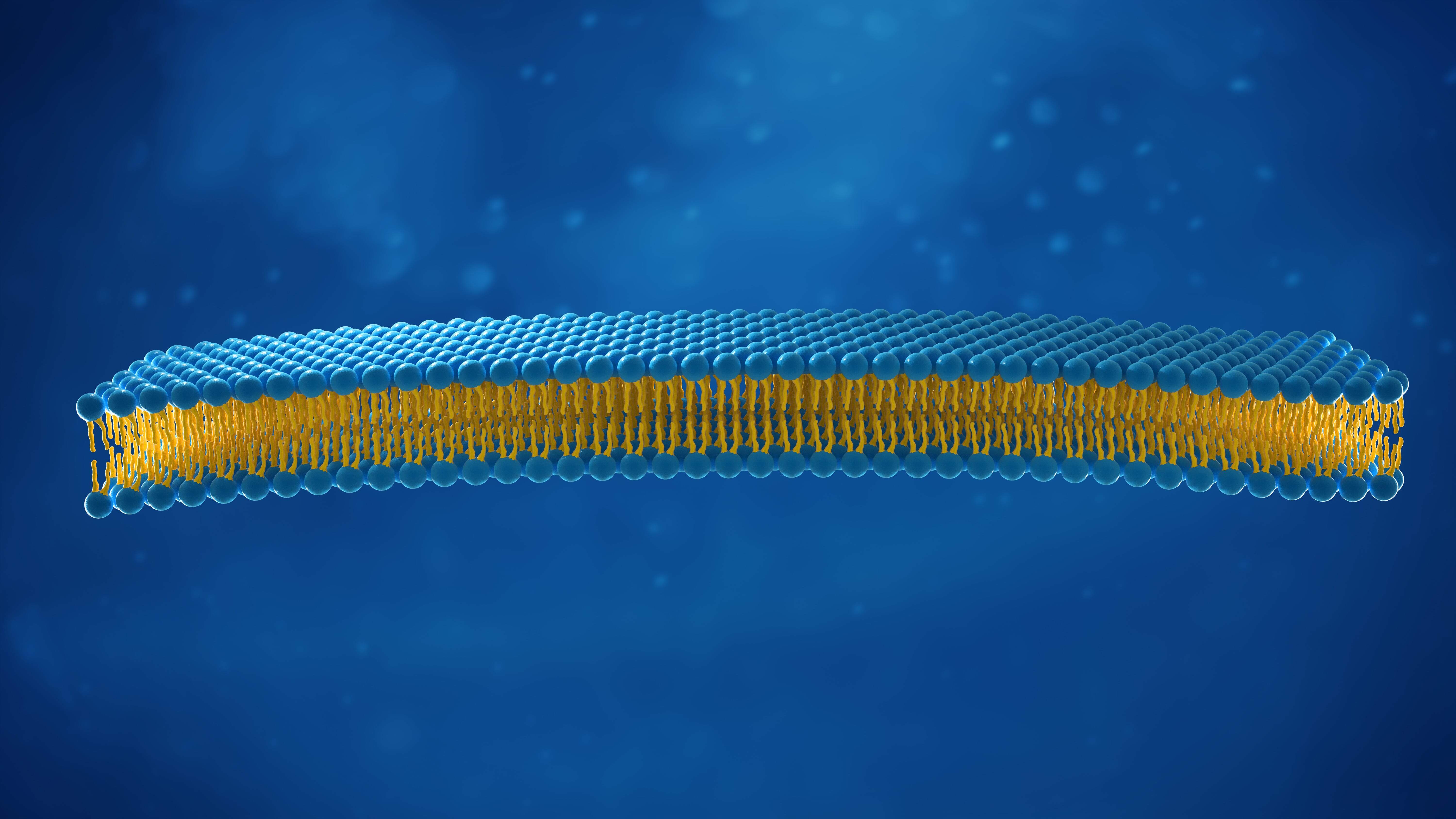
A ‘membrane-on-chip’ device allows researchers to quickly and easily see what’s going on at the molecular level of a cell membrane.
Dr. Anna-Maria Pappa, Assistant Professor, Department of Biomedical Engineering in collaboration with researchers from Cambridge and Stanford Universities has been investigating the use of bioelectronics to understand how viruses and drugs interact with cell membranes. Rather than experimenting directly on human cells, Dr. Pappa uses biological models of the membrane of any cell type on top of an electronic chip: a ‘membrane-on-chip’ device.
Dr. Pappa’s most recent work details the mechanism behind this device. The researchers provide a mechanistic understanding of the device, using experiments and simulations to provide insight about how their device works and in turn provide design criteria to enhance its sensitivity. Their results were published in Journal of Materials Chemistry C.
The research team includes investigators from the Department of Chemical Engineering and Biotechnology at the University of Cambridge and the Department of Materials Science and Engineering at Stanford University.
The cell membrane separates the interior of the cell from its external environment. It is a semipermeable lipid bilayer that regulates the transport of materials entering and exiting the cell.
Supported lipid bilayers (SLBs) of varying biological complexity can be produced using extracellular material that can be harvested from simple cell culture. Those models can be used to mimic any cell from the human body — all in a lab, without the time and effort needed to keep an actual cell alive.
“These SLBs can be formed on solid surfaces and used to characterize the properties of the plasma membrane or to study membrane interactions at the molecular level,” Dr. Pappa said. “More than half of all currently approved drugs target the cell membrane, but the complexity and slow turnaround of traditional cell-based assays make the study of molecular interactions with the cell membrane quite challenging. SLBs are a simple and representative cell membrane model that we can use to more quickly and easily see what’s going on at the molecular level.”
This is a non-invasive technique. In vitro is Latin for ‘within the glass’ and refers to work that is performed outside of a living organism, providing a controlled environment for an experiment. The key challenge for cell-based in vitro models is to mimic, as accurately as possible, the state of the actual biological system being studied.
A ‘membrane-on-chip’ device allows researchers to isolate the cell membrane and measure events at the membrane level. This could be the entry of a drug to the cell, the interaction between a virus and the membrane, or the way ion channels work, to name a few examples.
“We can culture the cells we want to investigate in the lab,” Dr. Pappa said. “Cells secrete extracellular substances, which give us information about the cell membrane, proteins, and lipid components. We can isolate the particles, put them on the device, fuse them with the substrate and create a lipid bilayer.”
The device uses conducting polymer electrodes and transistors. Integrating electrical components offers an opportunity to noninvasively interface with these biological models for more accurate and quantifiable information.
Interfacing can be a powerful means of investigating biological systems when used carefully, but the polymer and the tissue must not damage each other. Organic bioelectronics are devices containing carbon, which can seamlessly integrate with complex biological systems. They also demonstrate superior performance compared with inorganic counterparts when it comes to interfacing and transducing biological signals.
“Electronic signatures give insight to what’s going on, but the signals are complicated. They need decoupling and analyzing to understand what’s happening at the molecular level for meaningful biological data.” Dr. Pappa said.
To infer the properties of the cell membrane, the researchers use electrochemical impedance spectroscopy, a powerful technique used to analyze biological events occurring at the electrode surface. Depending on the voltage frequency, the SLBs will act in different ways, which researchers can extrapolate to infer information about how the cell membrane is interacting with its environment.
While complicated, using electrochemical impedance spectroscopy is a better alternative to microscopy, which uses microscopes to physically view objects and areas of objects. Witnessing the interactions between the cell membrane and a target drug, for example, is possible and widely used, but doesn’t offer portability or high throughput. Integrating electronics with a ‘membrane-on-chip’ device offers the speed and ease researchers need for identifying new drug candidates or how an unknown virus enters cells, for example.
Jade Sterling
Science Writer
25 July 2022






